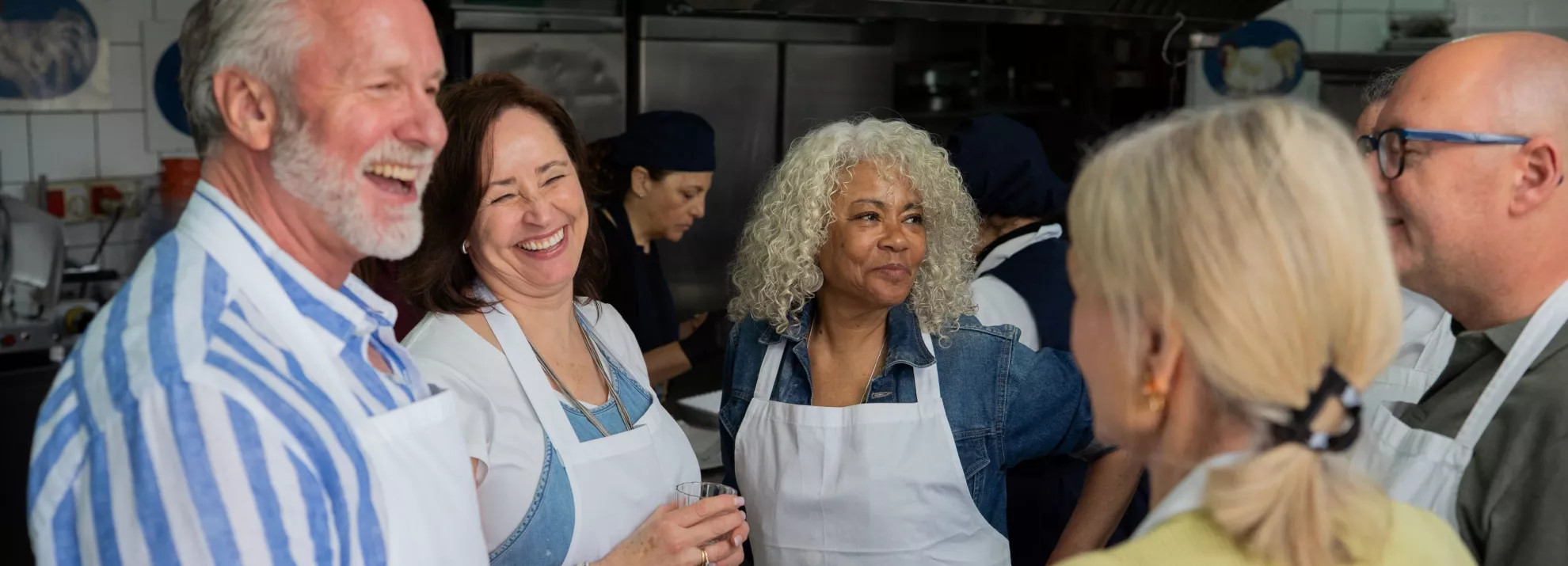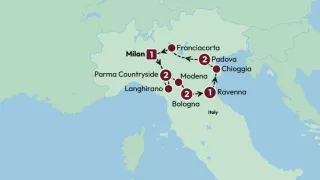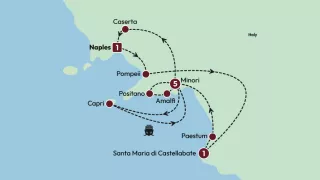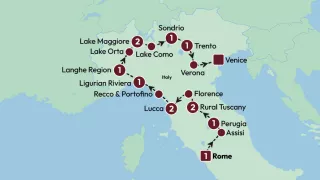Crafting the perfect pasta
Swirls of silky spaghetti, spools of ribbon-like tagliatelle, picture-perfect bow-shaped farfalle. Pasta isn’t just a staple of Italian cuisine; it's ingrained into its very culture.
In celebration of our *brand-new* A Taste of Medieval Italy tour, we want to focus on this quintessential treat – which you may just get to make from scratch during an immersive local cooking class...
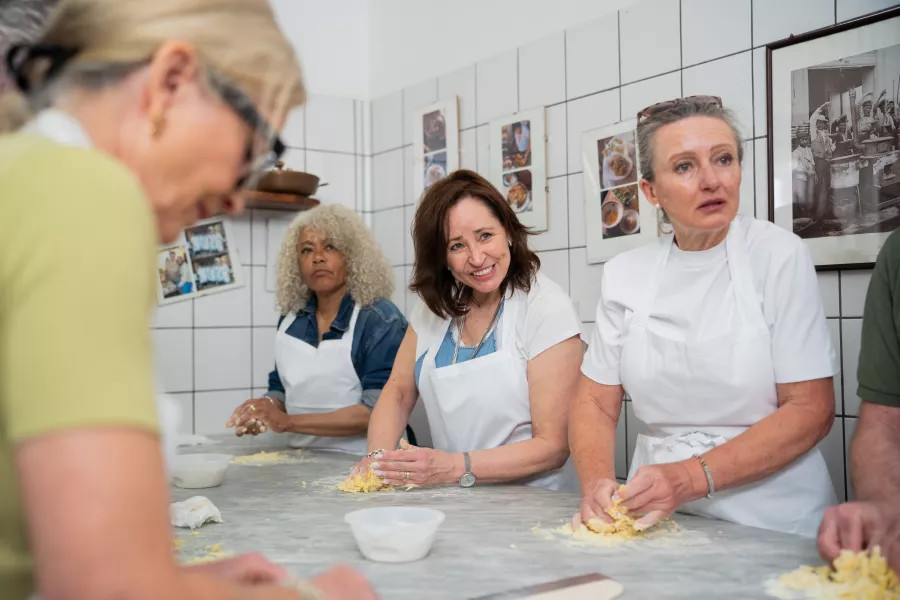
Crafting pasta from scratch is an activity that will alight all your senses! From using your hands to gently massage the dough to determining when it's cooked with your eyes and tastebuds, it’s a wonderfully pleasant experience.
As well as embarking on a pasta-making journey on one of our small-group tours, you may want to recreate several authentic dishes at home. Here, we delve into a few expert tips and tricks for achieving bellissimo pasta every time you have a craving.
Be fussy with your flour
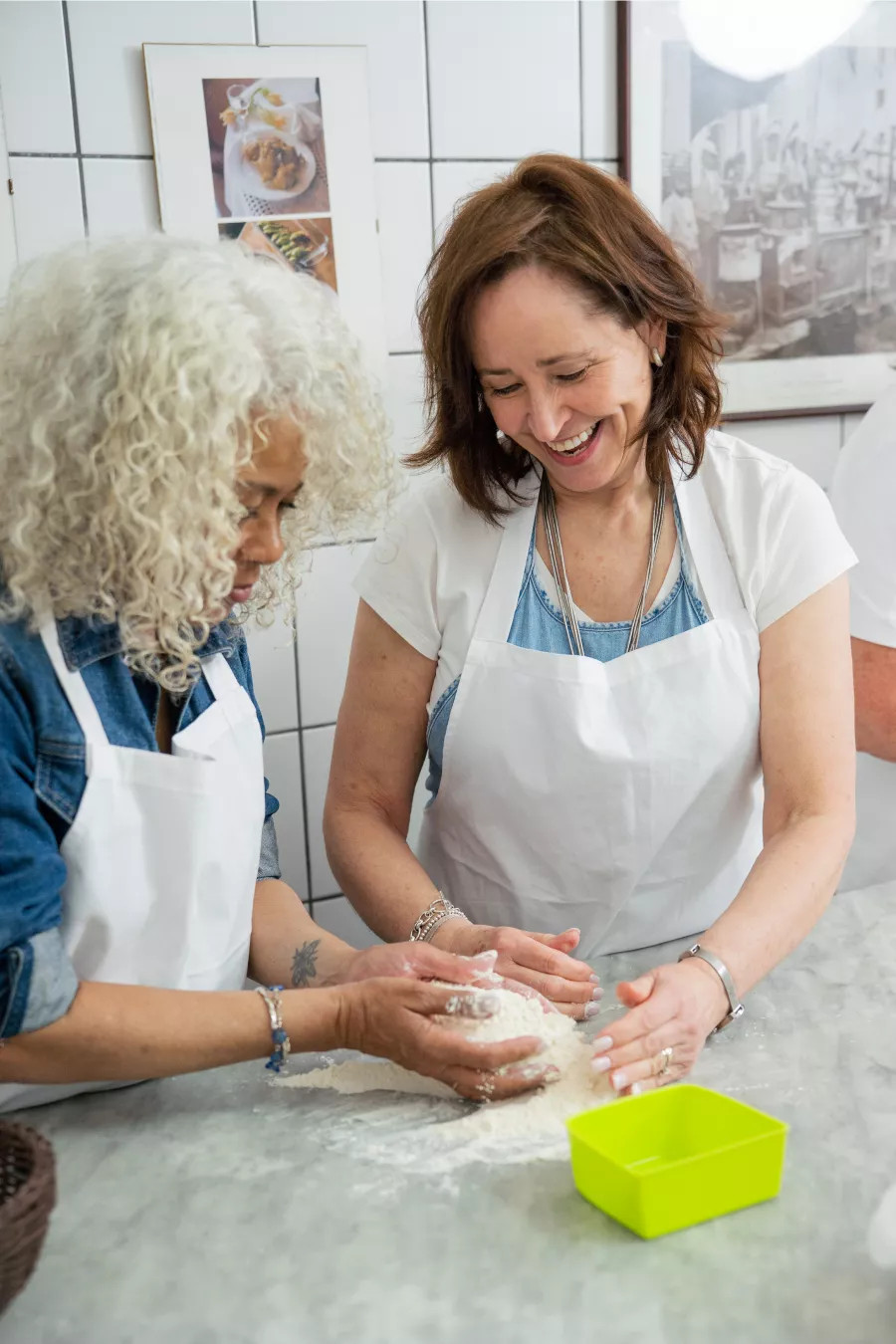
Pasta-making is an art form, so you'll want to ensure you're using the right materials for your craft. This includes carefully selecting your flour. Most Italians will tell you that finer 00 grade flour made from durum wheat is the best choice for fresh egg pasta. Why? Because it’s easier to knead, roll out and shape.
Northern versus Southern traditions
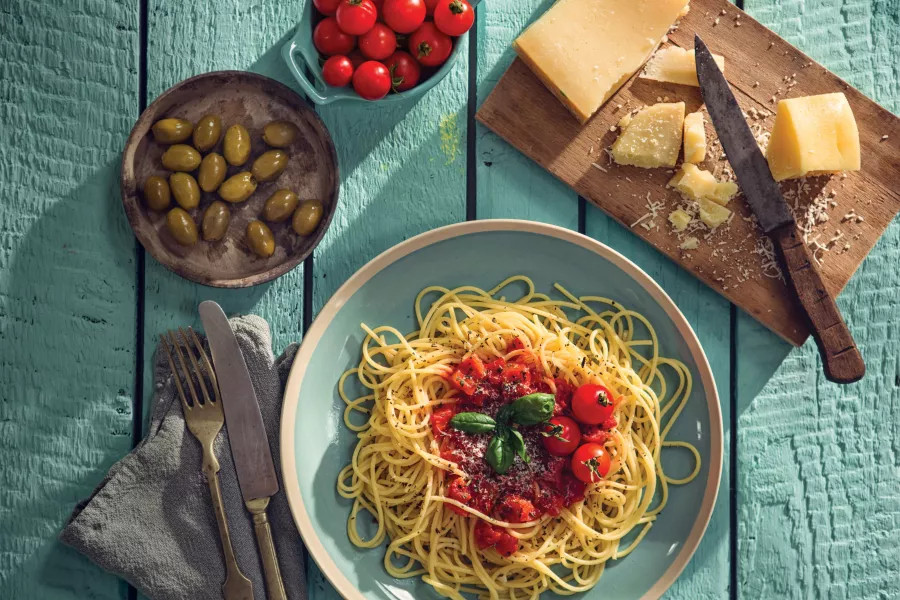
Just like rich, tomato-based ragus are more common in the northerly regions and seafood in the south, you'll also come across different sorts of pasta depending on where in Italy you are.
Locals in Enchanting Southern Italy prefer to whip up their pasta using coarser semolina flour and water. While, if you explore the country’s Tuscany, Veneto or Emilia-Romagna areas, durum wheat flour and eggs is much more typical.
The secret to supremely smooth pasta
For strands that have a particularly satin-smooth texture and an even richer flavour, add an extra egg yolk to your dough. So, if you’re cooking a dish to serve two and want to enhance your homemade pasta, use 200g flour, 2 large eggs and one egg yolk.
A (generous) pinch of salt
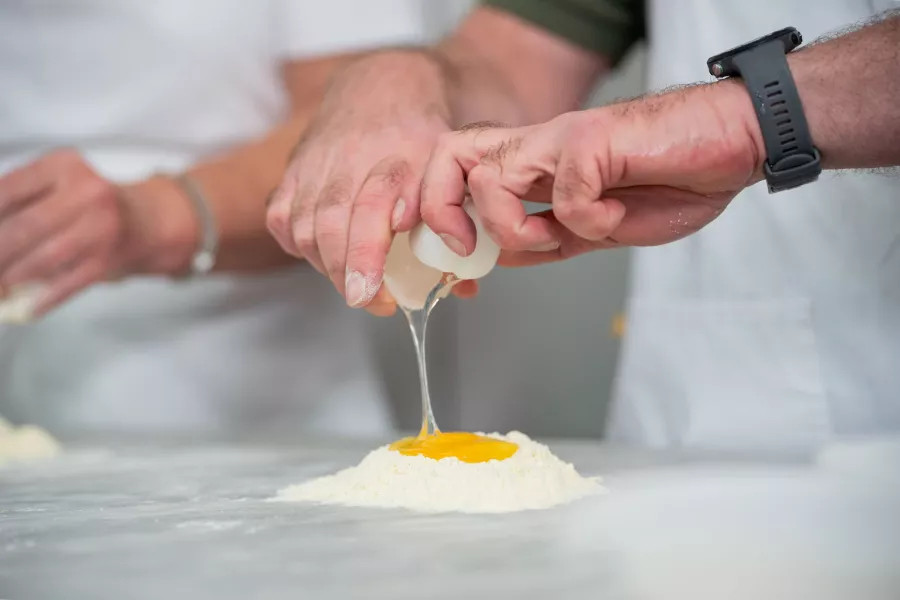
Salting your water is key to ensuring your homemade pasta doesn't stick together while it cooks. Once your pot of water is bubbling away, sprinkle in a generous dash of salt before tossing in your fresh pasta and giving it a gentle stir.
Top tip: Save a little bit of salted water back when you drain your pasta to help loosen up your chosen sauce.
Don’t overfill your ravioli
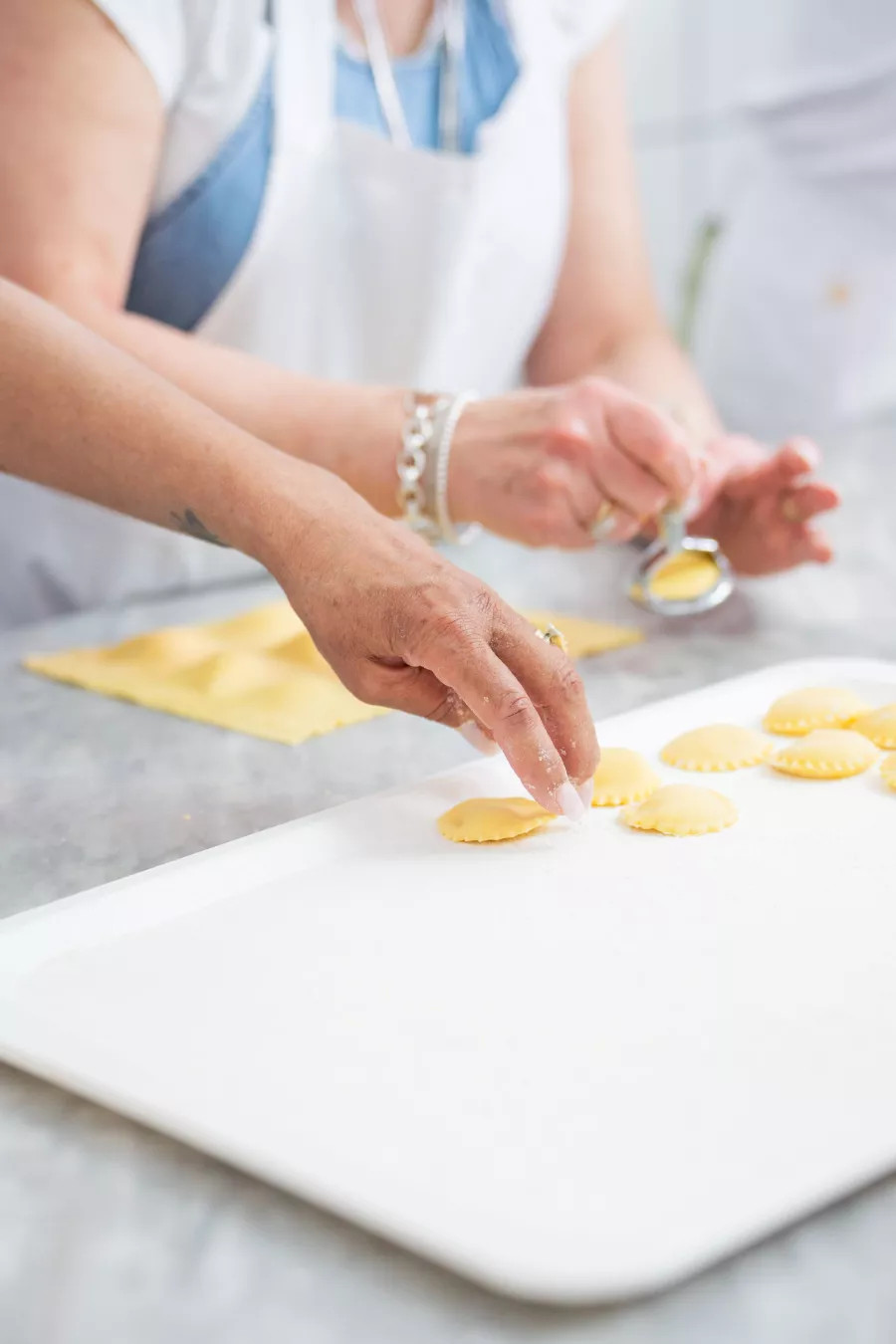
These little pockets of joy can be supremely fun to make – but it’s important you don’t overstuff them! Whether you're craving creamy spinach and ricotta ravioli or something sumptuously seasonal like autumnal pumpkin, you’ll likely need to use 1-2 teaspoons of filling per parcel depending on your ravioli’s size.
Then, you can add your second rolled sheet of pasta dough over the top and use a pasta stamp to cut out your shape. Squeeze out any excess air from your ravioli before sealing with a dash of water. Perfetto!
Recreate the simple yet moreish flavours of a classic carbonara with this recipe shared by one of our local Italian Tour leaders, Flavio Lazzaretto here.
Savour a pasta masterclass with Back-Roads
Our expertly crafted Italian tours are awash with foodie experiences – including a few cooking classes featuring mouth-watering pasta. Learn how to cook like an authentic nonna amidst the Tuscan hills. Or prepare some stuffed tortelli alongside an expert in a majestic medieval castle.
Discover our full collection of Italy adventures here.
A Taste of Medieval Italy
From £3,209
Enchanting Southern Italy
From £2,529
Italian Indulgence
From £3,999

